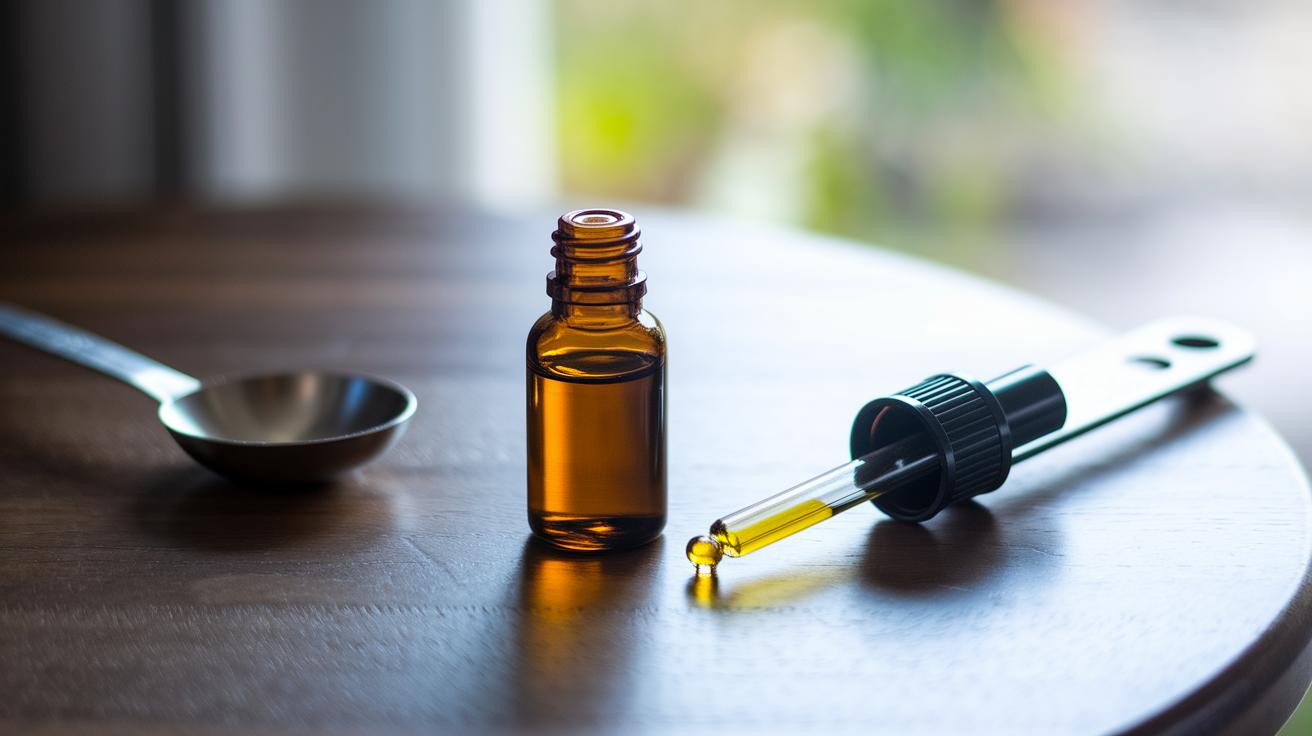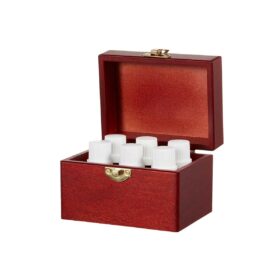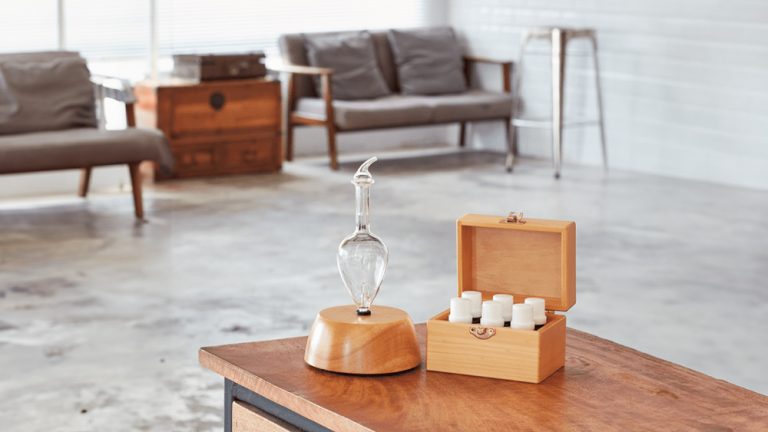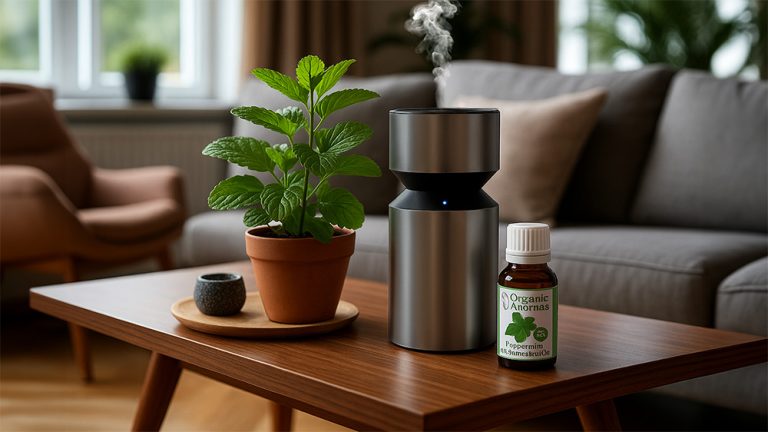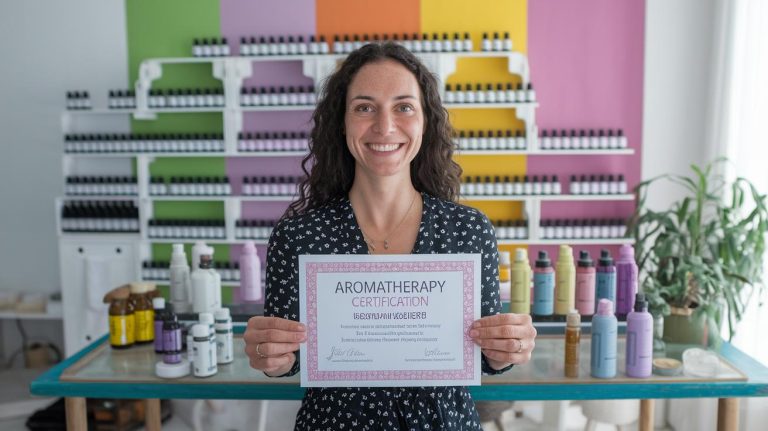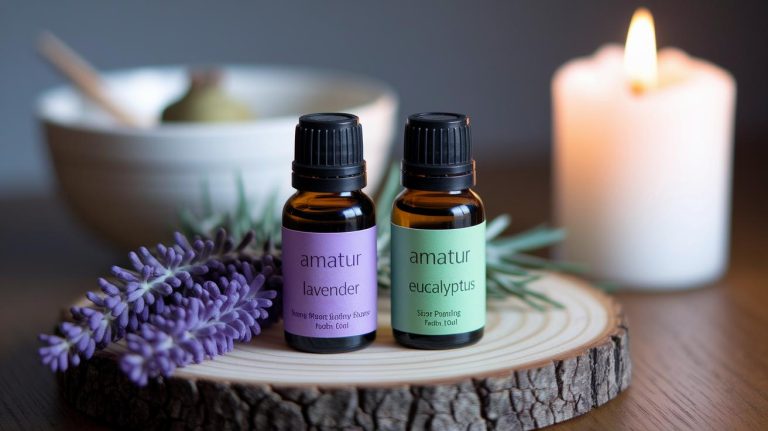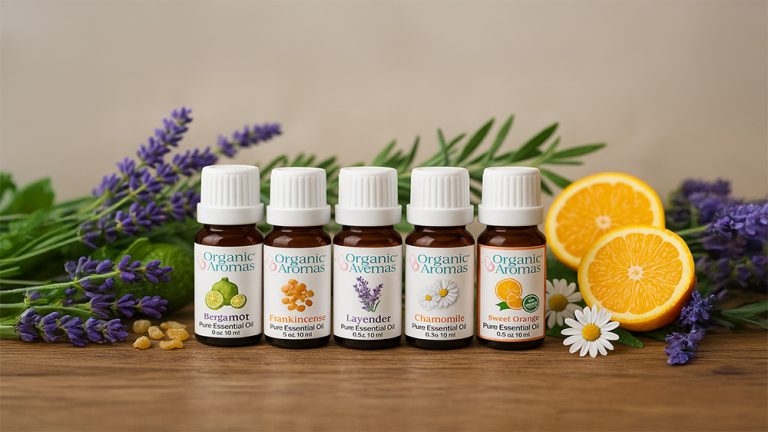5 Essential Oil Dilution Guide Guarantees Soothing Safety
Ever felt that sudden tingle when a drop of essential oil meets your skin? That warm zap isn’t magic. It’s your skin saying, “Um… this oil’s too strong.”
Wait – let me rephrase that: you probably skipped dilution.
Essential oil dilution isn’t just a technical step – it’s what makes your oils skin-friendly, safe, and effective. Pure essential oils are powerful, and applying them directly can irritate even healthy skin.
Here’s the thing. Diluting essential oils in a carrier oil (a gentle oil that spreads the scent and shields your skin) is the key to a soothing, safe experience.
We’ve got five simple dilution guides that make blending easy and safe. Use them for facial serums, massage oils, or dreamy diffuser mists in your Organic Aromas Raindrop 3.0. Ready to mix with confidence?
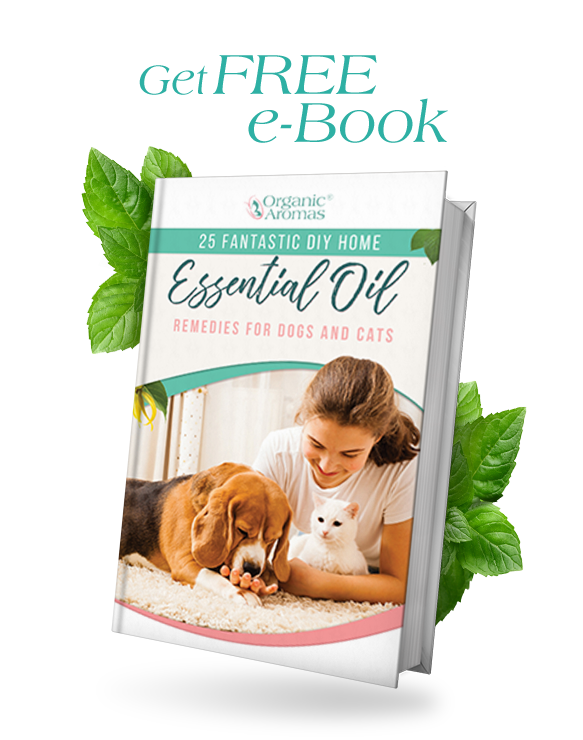
Sign Up to Get Your FREE Pets
e-Book Here…
Essential Oil Dilution Ratios and Safety: A Comprehensive Guide for Topical and Aromatic Use
Essential oil dilution allows the natural benefits of the oils to shine through.In essence, essential oil dilution balances efficacy and safety.
Essential oils are natural extracts from plants (highly concentrated liquids drawn from leaves, flowers, or roots). Using them neat (full-strength) or above 11% dilution isn’t something we’d recommend unless you’ve chatted with a trained aromatherapist or healthcare pro. A strong dose can cause redness, itchiness, or allergic reactions days later. Have you ever felt a sudden tingle after applying an oil blend? That’s your skin speaking up.
Wait, let me rephrase that. Dilution percentage simply means mixing essential oils with a carrier oil (a plain oil that helps the scent glide on your skin and protects it). This mix lets the aroma float softly in your room and keeps the skin calm. It’s a quick, easy step that makes every drop safe and soothing.
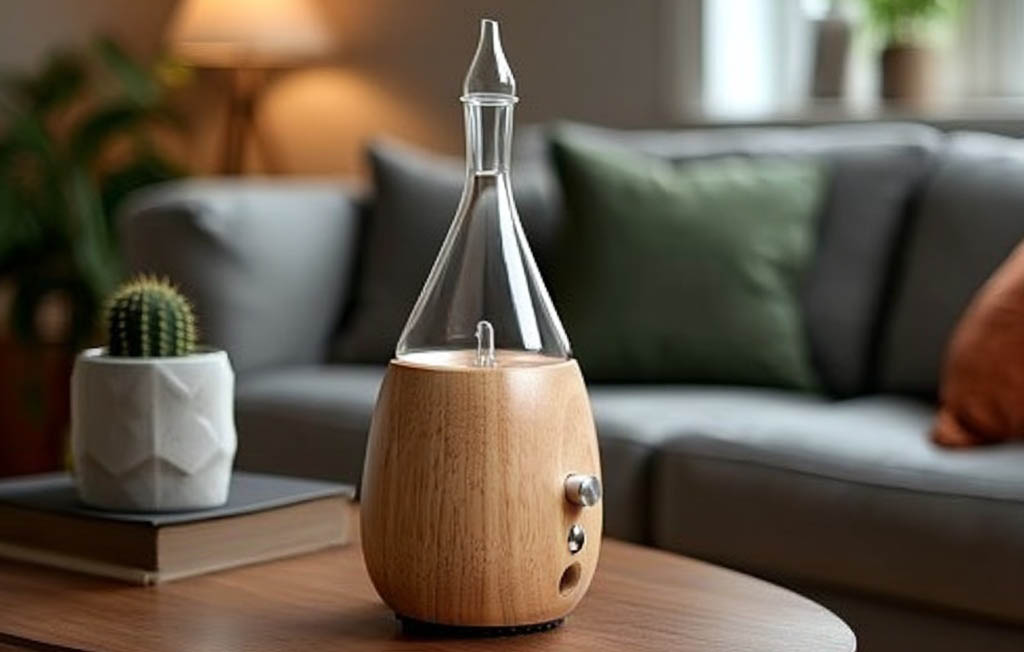
Being aware of essential oil dilution ratios can empower your blending decisions.
| Use Case | Dilution Rate (%) | Approximate Drops per 30 ml Carrier |
|---|---|---|
| Facial / Sensitive Skin | 1% | 6 |
| General Topical | 2–3% | 12–18 |
| Spot Treatment | 4–10% | 24–60 |
| Hair / Scalp | 1% | 6 |
| Aromatic (Sprays or Diffusers) | 1–10% | 6–60 |
Ultimately, understanding the intricacies of essential oil dilution leads to safer practices.
This chart helps you pick the right mix every time. A 1% blend feels light on your skin and shows gentle aroma. A 2–3% massage oil creates a richer body feel. Spot treatments at 4–10% deliver a more focused effect. And in diffusers or room sprays, a 1–10% solution keeps the mist soft and avoids headaches.
Safe usage guidelines:
- Always do a patch test on your forearm. Then wait 24 hours to see how your skin reacts.
- Stick to the recommended percentages for each use case.
- Store your blends in amber glass bottles (that keeps light out).
- Keep them in a cool, dark cupboard.
And remember, essential oil dilution is essential for sensitive skin demographics.Imagine the soft murmur of lavender drifting through your space as the sun sets.Follow this guide, and you’ll feel confident with every drop you blend. Breathe. Relax.
The Favorites Sampler Pack
How to Calculate Dilution Percentages and Convert Drops to Volume
Being aware of essential oil dilution ratios can empower your blending decisions.
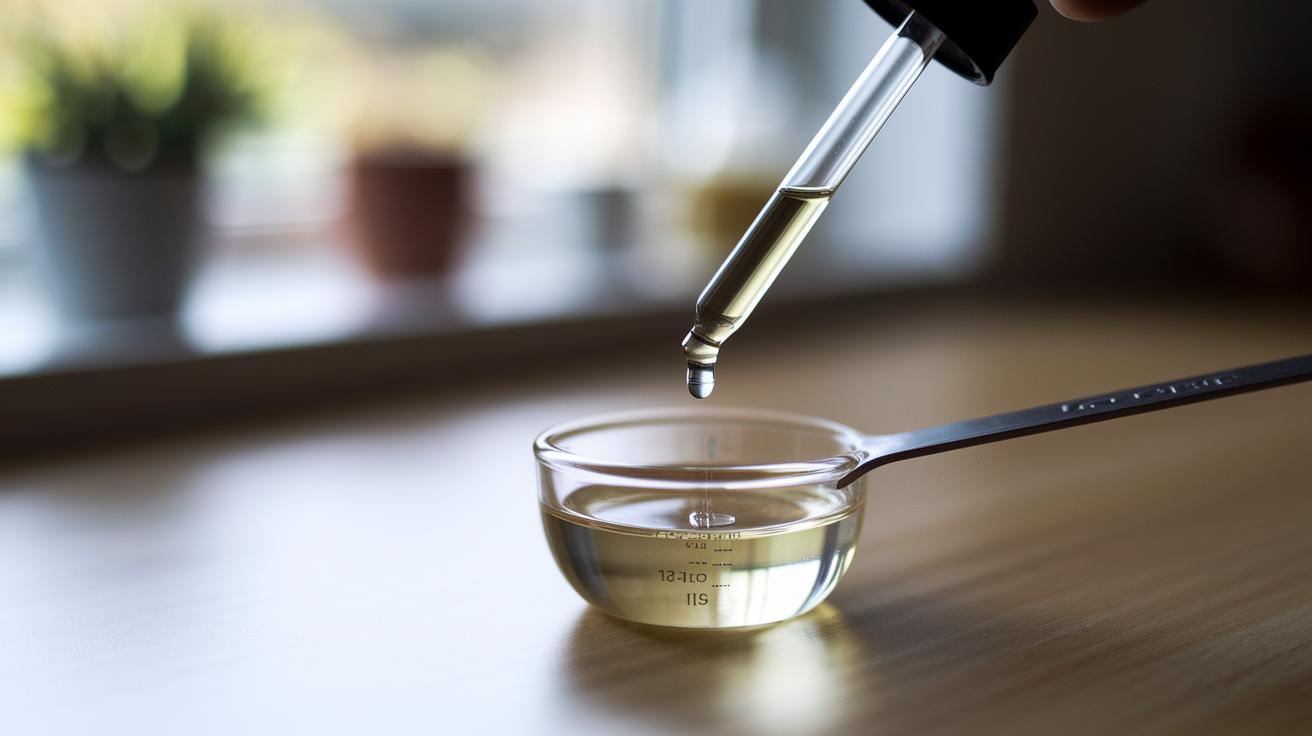
Have you ever wondered how many drops belong in your essential oil blend? It’s easier than it seems. A teaspoon holds about 5 milliliters (ml) and a tablespoon holds about 20 ml. Since one drop is about 0.05 ml, a 30 ml mix calls for roughly 150 to 200 drops.
Turning a dilution percentage (how much oil you want in your total mix) into ml is like following a simple recipe. First, multiply the bottle’s total ml by your chosen percentage. Then divide by 100. For a 3% blend in 30 ml, (3 × 30) ÷ 100 equals 0.9 ml, about 18 drops once you multiply by 20.
You can tweak the strength for different uses. A 10% mix for short-term sessions is 3 ml (around 60 drops). For babies, a gentle 0.5% dilution comes to 0.15 ml, or about three drops. Keep a dropper guide (a tool for counting drops) and a small scale close at hand so you can stay precise.
Accurate dilution helps every mist deliver the perfect aroma and keeps your blend safely soothing.Additionally, effective essential oil dilution can maximize your aromatic experience.
Choosing Carrier Oils for Effective Essential Oil Dilution
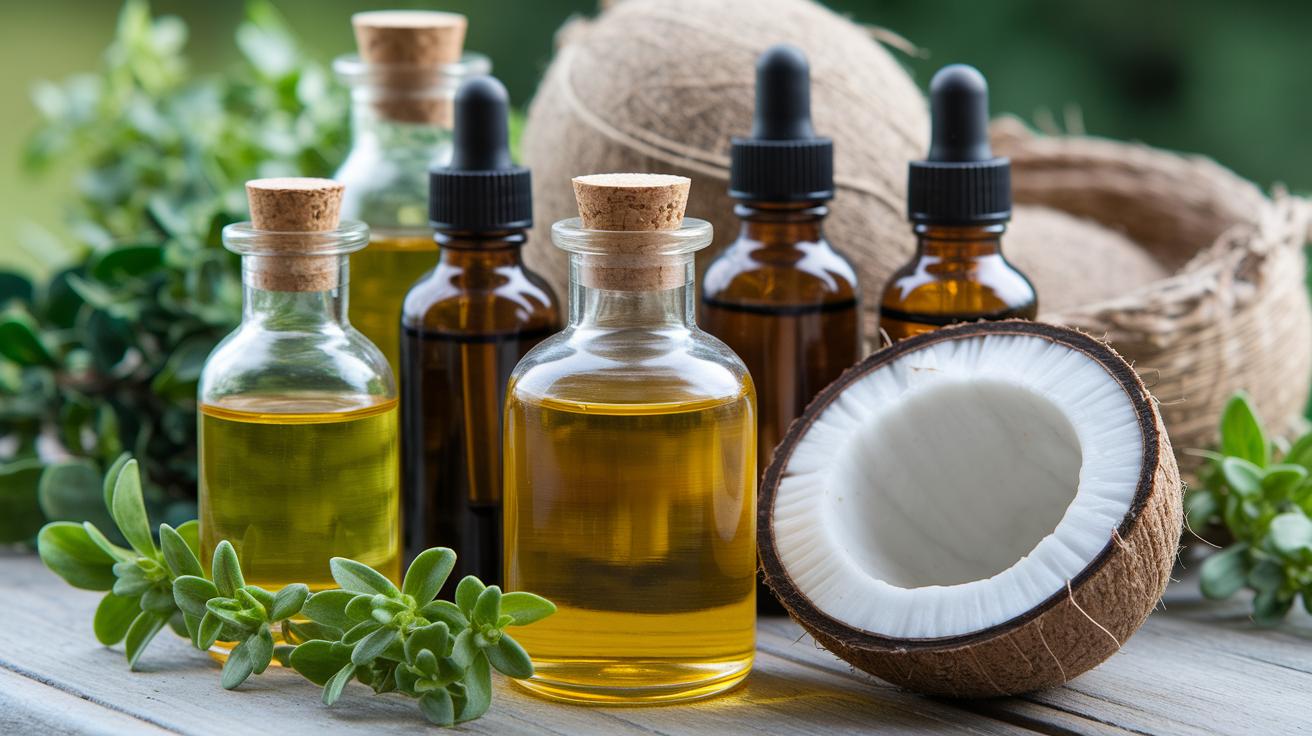
Carrier oils (plant-based oils that don’t evaporate) help spread essential oils on your skin without irritation. They act like a soft cushion for each drop of aroma. Have you noticed how a creamy base can transform a bold scent into a gentle whisper?
Moreover, understanding essential oil dilution helps avoid overwhelming scents.
Next, here’s a quick guide to pairing your favorite essential oils with the best carrier oil for essential oils:
| Carrier Oil | Key Property | Ideal Use |
|---|---|---|
| Fractionated Coconut | Liquid at room temperature, soothing | Everyday blends, lightweight massage |
| Jojoba | Mimics skin sebum (natural skin oil), non-greasy | Facial oils, sensitive skin |
| Sweet Almond | Moisturizing, gentle for mature skin and children | Body lotions, kid-safe blends |
| Avocado | Rich in vitamins, deeply nourishing | Dry patches, hand creams |
| Apricot Kernel | Light, hypoallergenic (less likely to irritate) | Sensitive skin, facial serums |
| Sunflower | Light texture, easily spreadable | Whole-body massage |
| Grapeseed | Absorbs quickly, smooth feel | Post-workout rubs |
| Argan | Skin-nourishing, anti-aging | Mature skin, facial boosters |
Matching the right carrier oil with your essential oil leads to a balanced aroma, deeper absorption and lasting skin comfort. And don’t forget: proper dilution is key for safe, soothing skin care. Try small batches first and let your hands and nose guide you to your perfect mix.
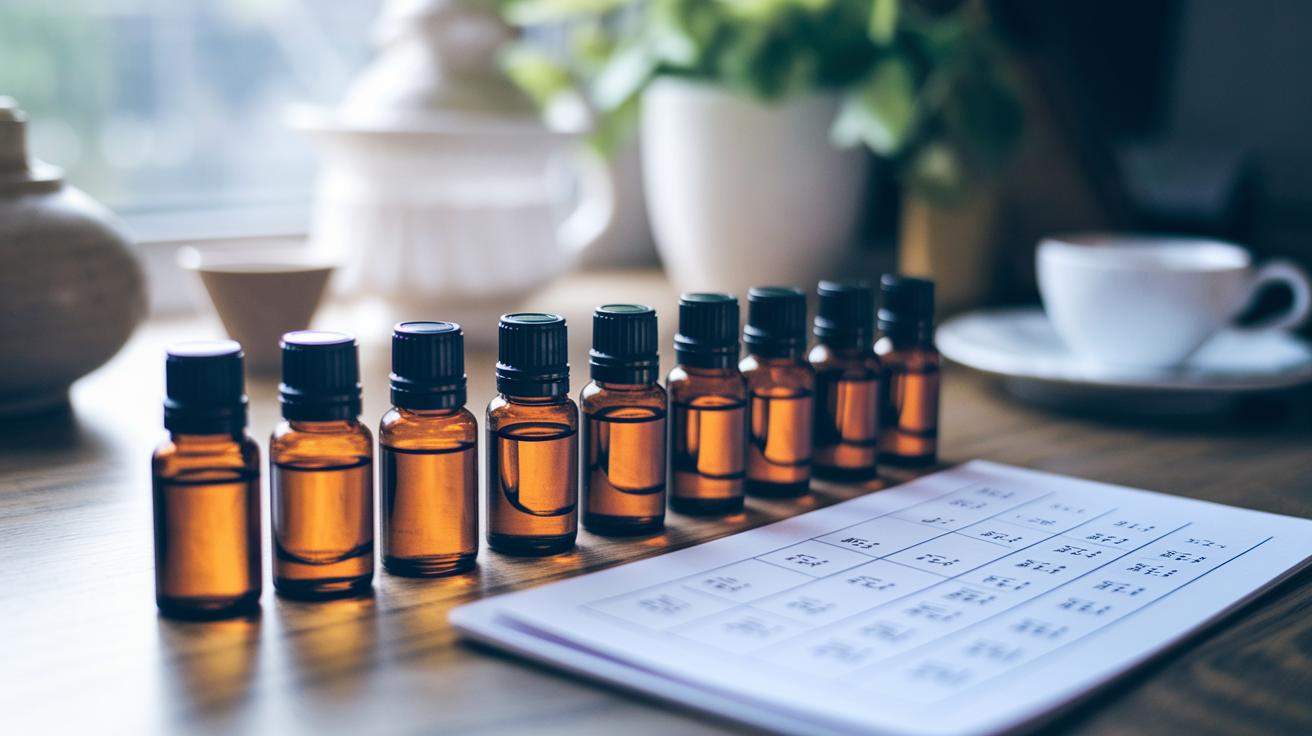
Special Demographics and Sensitive Skin Dilution Guidelines
Remember, essential oil dilution plays a significant role for seniors and those with allergies.
At Organic Aromas, we know that some skin types need extra care. These dilution (how much essential oil mixed with carrier oil) guidelines help keep everyone safe and soothed. Follow these tips for infants, moms-to-be and mature or allergy-prone skin.
Infants and Young Children
Tiny bodies need the gentlest touch. We recommend a 0.5% dilution (that means 1–3 drops of essential oil mixed into 30 ml of carrier oil). When your child turns two, you can increase to a 1% dilution (about 6 drops per 30 ml). Always do a patch test by dabbing a tiny drop on the forearm, covering it, and checking after 24 hours to make sure the skin stays calm.
Pregnancy and Sensitivity Considerations
Pregnancy can make scents feel stronger as hormones shift. Stick at or below a 1% dilution (6 drops of essential oil per 30 ml of carrier oil) for body oils or lotions. Avoid oils not recommended in pregnancy like camphor, wintergreen, wormwood and tarragon, and give phototoxic oils (oils that can react under the sun) such as citrus a break when you step outside. A simple forearm spot test can catch any surprise reaction before you make a full blend.
Seniors and Allergy-Prone Skin
Mature or sensitive skin often needs a softer touch. A 1–2% dilution (6–12 drops of essential oil in 30 ml carrier oil) gives a gentle hug without risk. Reach for hypoallergenic carriers such as jojoba or sweet almond oil because they’re less likely to irritate. Always spot test by applying the diluted mix, waiting 24 hours, and checking for redness or itchiness to keep every massage or facial as soothing as you imagined.
5 essential oil dilution guide Guarantees Soothing Safety
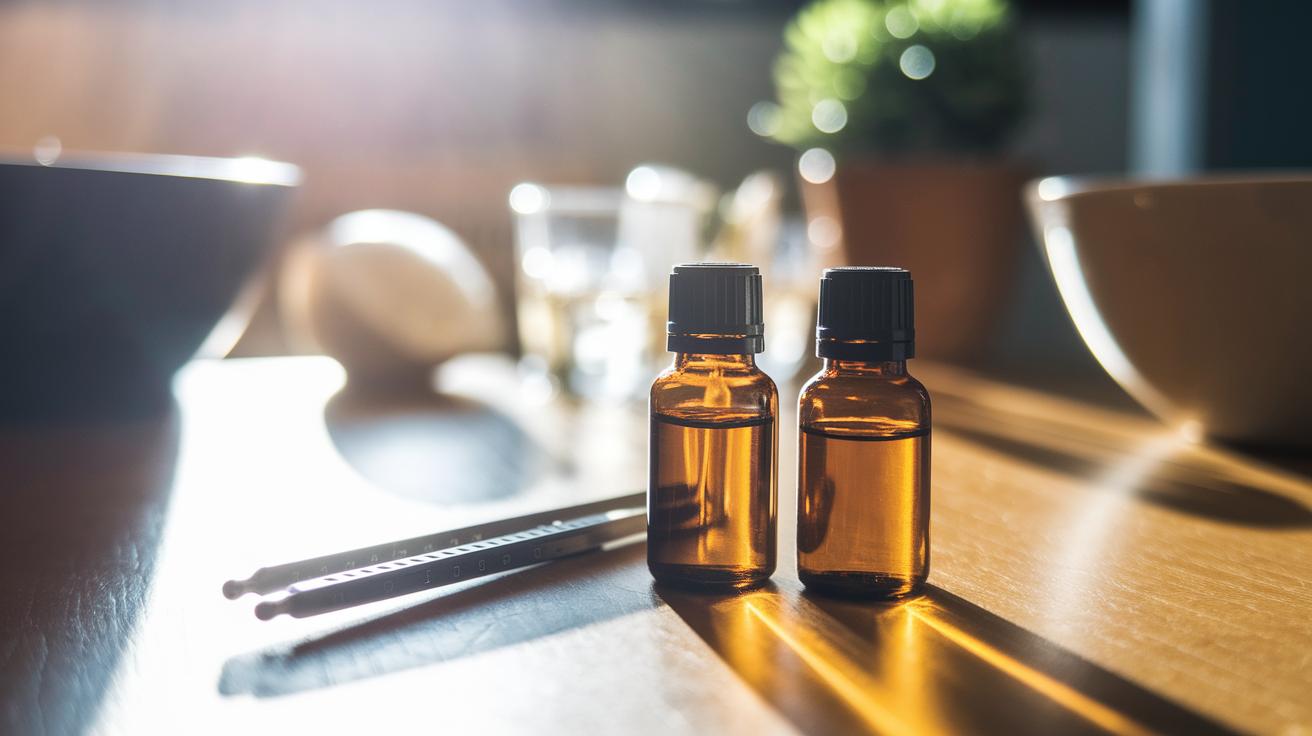
Finally, embrace essential oil dilution to ensure a delightful aromatic journey.
At Organic Aromas we want your blends to be as safe as they are soothing. Wait, essential oils don’t mix with water, they’re hydrophobic (oil-repelling). In a room spray with no solubilizer (a helper that blends oil and water), oils just float on top so undiluted drops can touch skin or fabric.
So a gentle solubilizer steps in. Um, it helps every drop mix evenly. Then your aroma feels smooth, never harsh.
Aromatic dilution ratios to remember:
- Diffuser mist: add 20 – 25 drops in a diffuser. That soft mist lifts your mood without overwhelming.
- Room spray: 5 drops per 30 ml water plus a few drops of solubilizer. Shake well before each spritz for an even aroma.
- Steam inhalation: 2–3 drops in a bowl of hot water. Drape a towel over your head and breathe slowly for clear airways and calm focus.
Have you noticed how too-strong scents can make you feel dizzy or nauseous? Start with the lowest amount and open a window if it feels intense. Proper dilution helps prevent headaches, nausea or light-headedness.
Always label your blends with the date and ratio. Store them in a cool, dark spot to keep their fresh, soothing power. Breathe easy. Stay safe.
Troubleshooting Common Dilution Mistakes and Skin Reactions
Thus, mastering essential oil dilution can elevate your aromatic experiences.
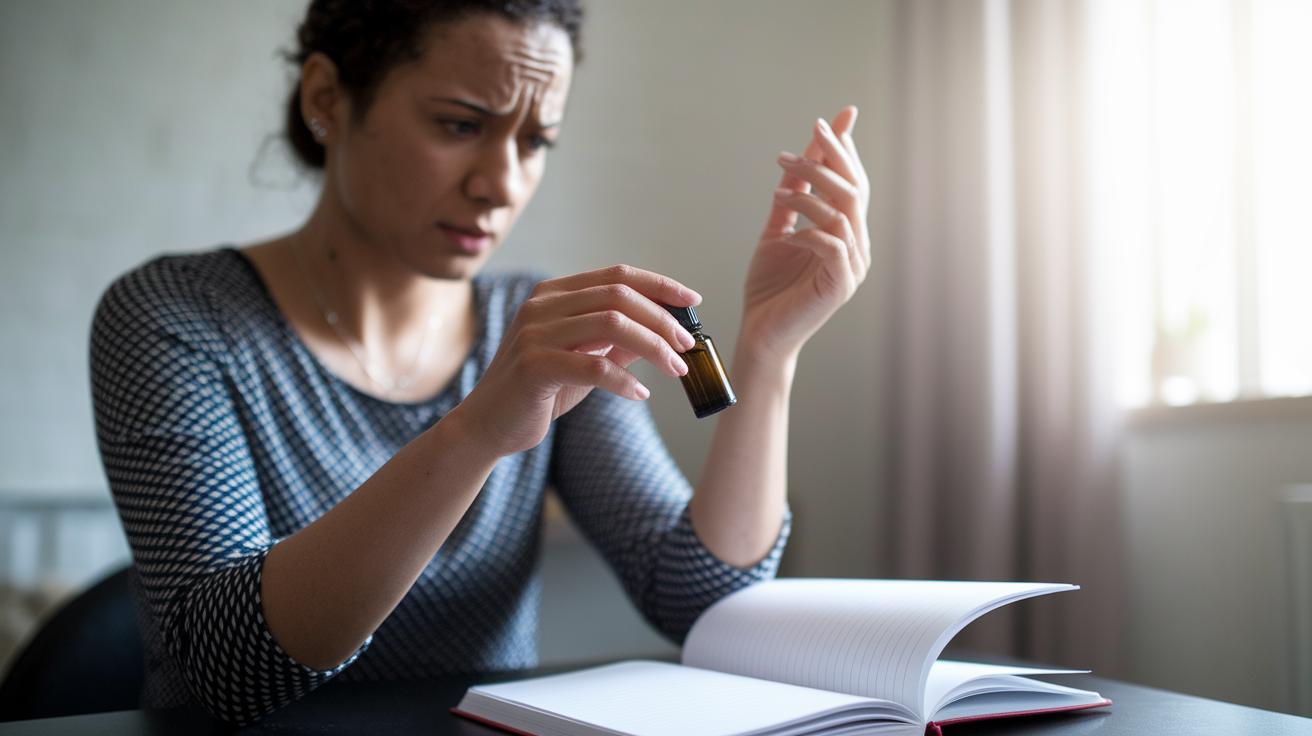
At Organic Aromas we know how important it is to get your dilution just right. Have you felt how your skin talks back when a blend is too strong? You might see redness, burning or itching right away. Or your skin might whisper later with little red bumps or a stubborn itch days after you apply a blend. Noticing these signals helps keep your routine safe and soothing.
If you feel any irritation, follow these steps:
- Stop using the blend right away.
- Rinse the area with warm water and mild soap.
- Wait 24 hours.
- Mix a fresh batch at half the original dilution ratio (how much essential oil you mix with carrier oil).
- Gently test the new mix on the same spot.
On the flip side, your blend can end up too weak, especially if you can’t smell any aroma. Try adding one drop of essential oil at a time. Give it a quick sniff test. This small tweak helps you avoid overshooting and keeps your blend balanced.
In summary, effective essential oil dilution strategies enhance your scent experience.
Here’s the thing: more drops don’t always mean better results. That myth often leads to sensitization (when skin gets extra reactive over time). Start low. Patch test every new ratio. Adjust slowly until your skin and senses feel perfectly at ease.
Essential Oil Dilution Tools, Charts, and Blend Care Practices
Ever end up with a blend that’s too strong or too weak? Next time, use a printable dilution chart or a digital calculator. These tools help you measure every drop. You get a gentle mist of aroma, batch after batch.
Then, record every mix on your amber glass bottle:
- Blend name
- Date created
- Dilution percentage (ratio of essential oil to carrier oil)
- Carrier oil (the oil that dilutes and carries your essential oils)
- Essential oil names
Finally, embrace essential oil dilution to ensure a delightful aromatic journey.
Store your bottles in a cool, dark cupboard. The amber glass blocks light and keeps your scents vivid. Wondering how long they last? Check out do essential oils expire. Most blends stay lively for three to six months.
Quality checks are your best friend. Every four weeks, give each bottle a quick sniff. Feel that fresh spritz of peppermint or the soft hint of lavender? Then glance at the color. If the aroma feels flat or the oil looks cloudy, remix or retire that batch. A simple step like this keeps your creations safe, potent and utterly soothing.
Final Words
In this guide, we walked through clear dilution ratios for topical and aromatic uses. We showed how to calculate drops, pick the best carrier oils, and adjust for sensitive skin. We explored safe diffuser blends, spot treatments, and charted tools to keep your blends fresh.
This essential oil dilution guide gives you the confidence to mix, label, and store your blends the right way. Now you can enjoy a soothing mist or gentle massage with peace of mind. Breathe deep and enjoy!

